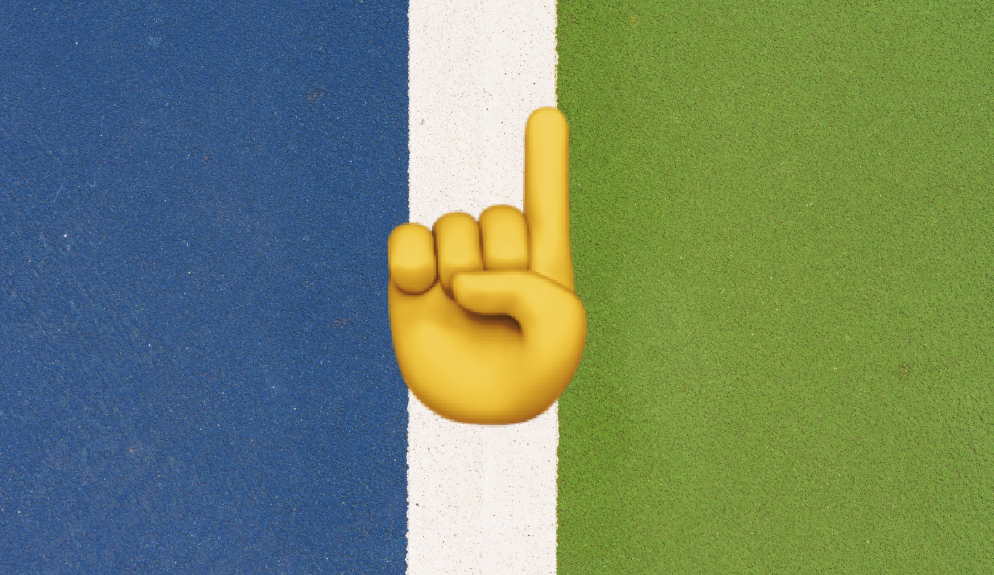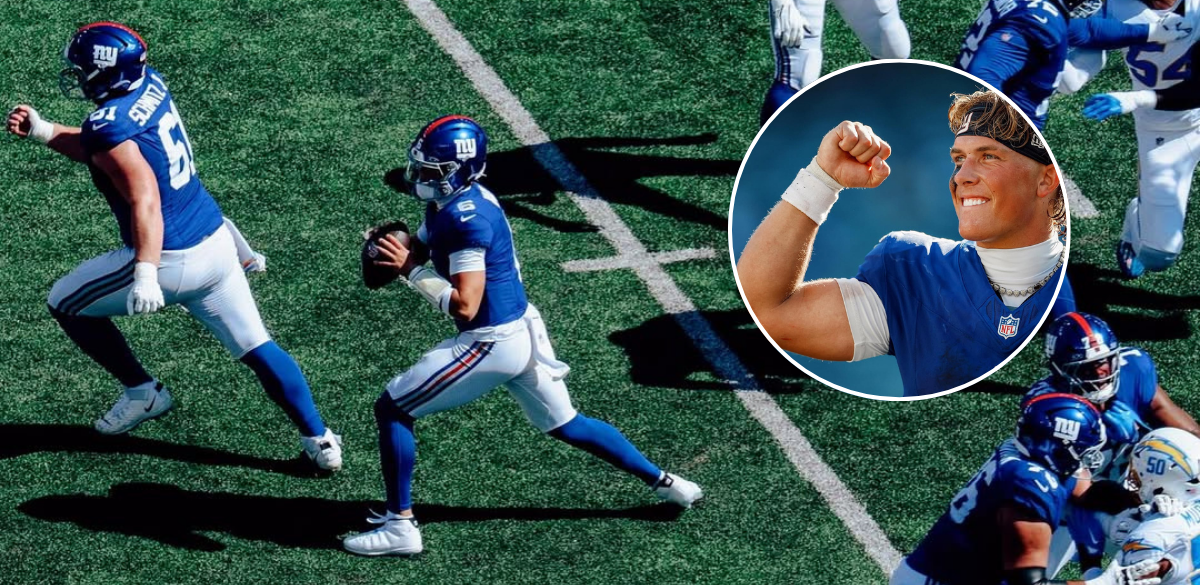If drop serving is the most divisive topic in pickleball, rally scoring is a close second. There's no middle ground on the topic either - it seems as though players are either fully committed or wholeheartedly against it - perhaps this is the byproduct of every point truly counting in the sport. Rally scoring, where points can be scored by either team regardless of who's serving, is often seen as a quicker and more exciting way to play the game for those in favor of it. But should it become the norm in pickleball? It's time to explore the pros and cons and see if rally scoring truly has the potential to be the future of this beloved sport.
The way we score in pickleball impacts not just the duration of our games, but also the tactics we employ and the overall excitement of the sport. Rally scoring can lead to faster-paced matches, with players pushing themselves to seize every opportunity for a point. But is it the best fit for pickleball - at least in the context of being the regular way to keep score? Or do we risk losing some of the game's strategic depth by adopting this system? Understanding the implications of rally scoring on our gameplay, skill development, and spectator appeal is crucial for any pickleball enthusiast. So that's what we'll look at today.
In this article, we'll dive into the world of rally scoring in pickleball, examining its benefits and drawbacks in comparison to the traditional scoring system. Through expert insights and real-life experiences, we aim to provide a comprehensive perspective on whether rally scoring should become the new standard in pickleball. So grab your paddle and opinion and let's break this juicy topic down.
A Glimpse Into Rally Scoring
Rally scoring is the pickleball equivalent of a dramatic plot twist. For those who are still in the dark, rally scoring is a scoring system where every rally results in a point, regardless of which team served. The one exception is the last point - only the team serving the ball can score a point off the serve. This is a departure from traditional scoring in the sport, which only allows the serving team to score points - but rally scoring? It's a whole new ball game (pun absolutely intended).
With rally scoring, every point is a potential game-changer, so tensions are high and your heart races with every hit. Players need to be on their A-game from the get-go, and the increased sense of urgency adds a whole new layer of excitement to each match.
Pros and Cons: Rally Scoring vs. Traditional Scoring
The great debate rages on, and we wouldn't dare leave you uninformed. Let's weigh the pros and cons of rally scoring against traditional scoring.
Pros of Rally Scoring
- Shorter Games: Who doesn't love a fast-paced game? Rally scoring ensures that every point counts, and there are no time-wasting "side-outs." You get to keep playing until someone wins the point, and that's the kind of intensity we all crave. Another component of this that's particularly valuable as pickleball takes the airwaves is the predictability of games. With traditional games, it's anyone's guess how long it will last.
- Increased Excitement: Rally scoring means that every point could decide the game. The pressure is on, and the stakes are high. Who doesn't love a good adrenaline rush?
- Keeps the Game Fair: Rally scoring ensures that each team gets an equal number of chances to score points. No more complaining about the unfair advantage of serving first or going on a run with your serves. Plus, you get to switch sides after every odd number of points, so there's no need to worry about one side having a better advantage than the other.
Cons of Rally Scoring
- Less Strategic: Are you one of those "strategy enthusiasts" who love to overanalyze every move and counter-move? If so, rally scoring might not be for you. With every point counting, there's little time to plot everything out or sit back and plan your next move. The rapid pace leans far more on reaction than proactiveness. Who needs strategy when you can just swing your paddle and pray...
- Less Forgiving: Room for error is at a minimum in rally scoring. One mistake, or 11, and you could be handing your opponent the game on a silver platter. So, better bring your A-game, because the stakes have never been higher. No more second chances or do-overs.
- Divides the Community: With rally scoring, there's bound to be some disagreement among the pickleball community, just like the debate over drop serving and volley serving. Some players might love the fast-paced, high-stakes nature of the game, while others might yearn for the days of slower, more strategic play.
Like everything life that goes through changes, there are upsides and downsides - rally scoring is no exception.
Rally Scoring and Major League Pickleball
Imagine league-play with rally scoring – the energy, the anticipation, the sheer thrill of it all! You don't have to imagine because this is exactly the format that Major League Pickleball uses for scoring. What we've seen as a result of MLP adopting this in 2023:
Faster Tournament Play
With rally scoring, a format is a well-oiled machine. In terms of getting the sport ready for TV viewing, this was a fantastic decision. No more lengthy games or unpredictable schedules. It's all about efficiency, but it doesn't compromise the quality of play. How could it be when you have the best players in the world competing?
Evolving Strategies
The most interesting evolution to come to light is how rally scoring has changed the strategy of players within MLP. Now, we know that one of the cons from the list above states "Less Strategic" but perhaps the appropriate phrasing is "Different Strategy".
It's not as though the game is lacking in tactics, it's simply that where you once had the game figured out is now irrelevant. Shots need to be considered more carefully, where you may have played aggressively in the past is now a decision with greater patience.
Rally scoring has forced players to adapt and develop new strategies to stay ahead of the curve. This is how innovation occurs, and we are starting to see this from the best and brightest of the MLP.
Attracting New Fans
Pickleball has grown in a tremendous way - who could have predicted this back in the 1960s? Nobody! But at a certain point (perhaps now) the sport will have reached a critical mass where awareness is high yet trial is not growing as quickly as it once did.
This is the onset of the "trough of disillusion" as it's called - a fancy Silicon Valley term for trends where people ride the hype train for a bit, then get off at the next stop, and then get back on down the line.
The stop down the line requires innovation like rally scoring in the MLP. New fans need to witness this on TV and see the game in its excitement. The worst thing that could happen to the growth of pickleball is for potential fans to mistake it for the doldrums that other sports face, such as baseball. Rally scoring's fast pace and high stakes could be just the ticket to draw in new enthusiasts.
Anuncie Aqui / Advertise Here
Sua marca para o mundo Pickleball! / Your brand for the Pickleball world!

 English
English  Spanish
Spanish  Portuguese
Portuguese  German
German  Italian
Italian  Japanese
Japanese  French
French  Polish
Polish  Russian
Russian  Netherlands
Netherlands  Hungarian
Hungarian  Turkish
Turkish  Videos
Videos 








 English (US) ·
English (US) ·  Portuguese (BR) ·
Portuguese (BR) ·